Most HVAC systems function better with the help of a thermostat. However, you can operate a few of them well, even without one. So, you might wonder, does a baseboard heater need a thermostat installed with it? What difference does it make to have one? We've looked it up and summed up the answers in this post.
You can use your baseboard heater without a thermostat, but installing one can bring several improvements to your heating system.
Find a compatible thermostat model to use alongside your baseboard heater. It also helps to check whether or not your device already has a built-in thermostat to avoid purchasing an extra one.
Before choosing a thermostat for your baseboard heater, remember a few things. Keep reading as we delve further into these points.
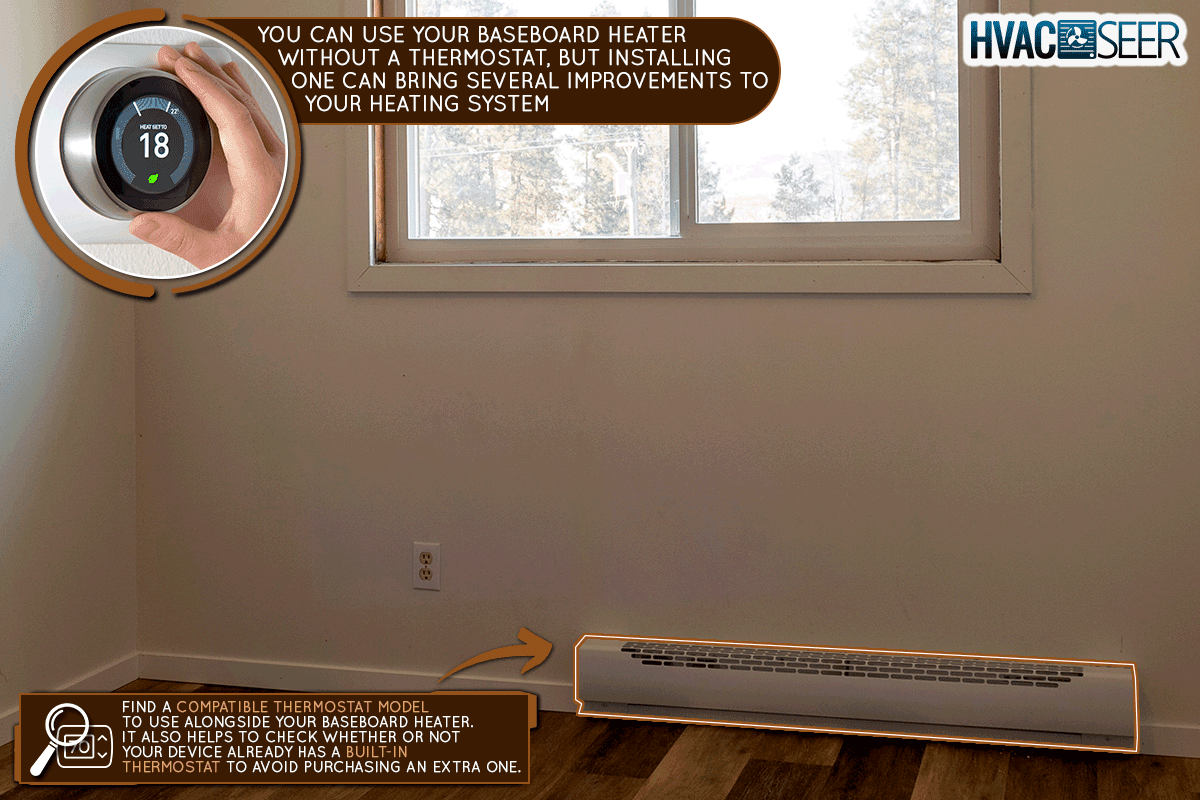
Should You Use A Thermostat With Your Baseboard Heater?
Adding a thermostat to your baseboard heater is primarily up to you since it's not required. But, it can help in several ways, impacting aspects such as energy costs or your unit's efficiency.
You can sometimes operate the heater through the thermostat, allowing room for better access and further control. So if you're looking for perks like these, getting a thermostat is a great deal! Note that you can still use your heater functions manually, even after adding a thermostat.
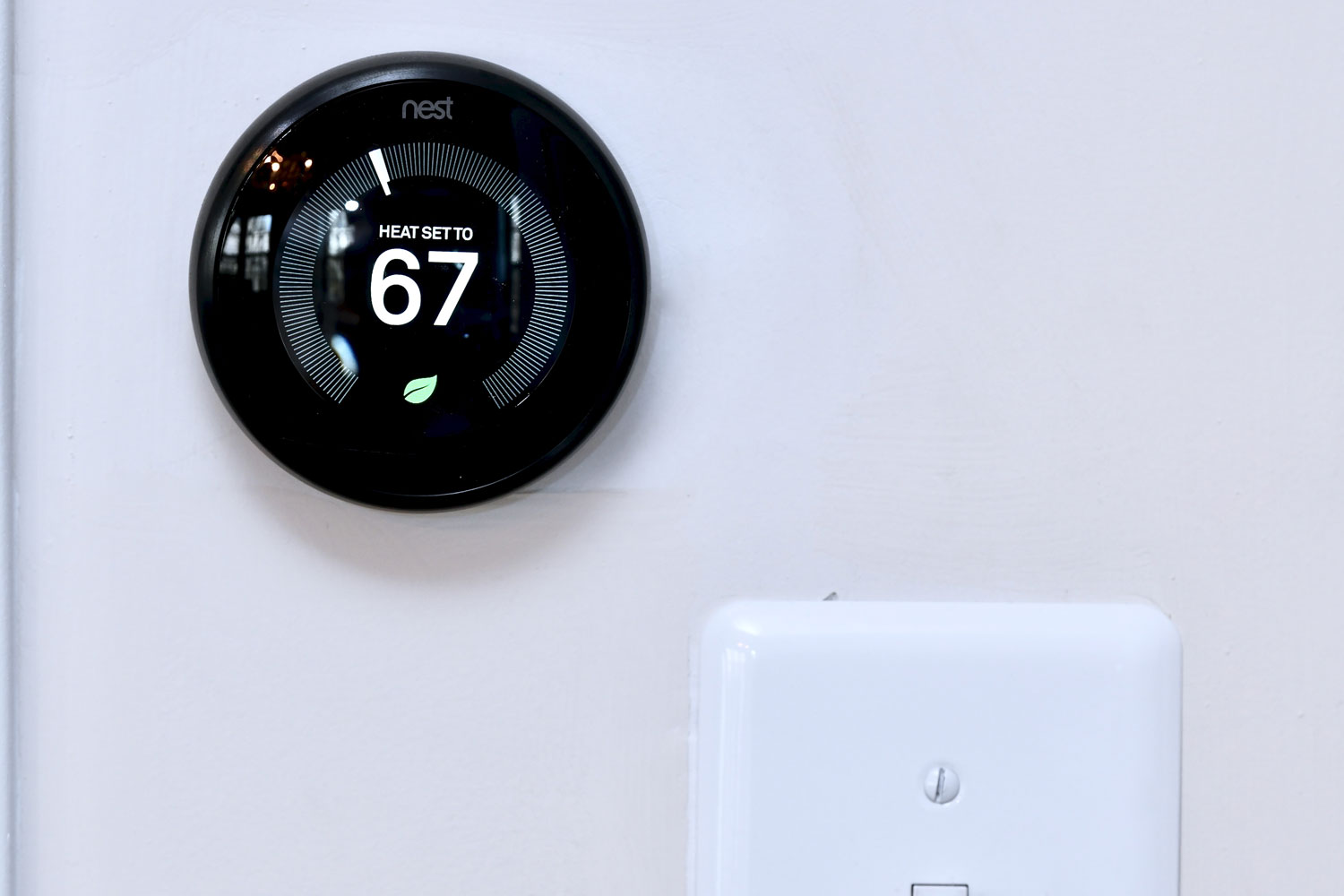
Your heater may come with a pre-installed thermostat, meaning you won't need to purchase a separate one.
Remember that baseboard heaters are electric and require a different voltage capacity from other devices. And so, compatibility is essential to ensure the thermostat functions as intended.
Benefits Of Using A Thermostat On Baseboard Heater
There are lots of reasons why homeowners often add thermostats to their heating and cooling systems. Here are some benefits you could get from installing a thermostat for your baseboard heater.
Enhanced Comfort
Comfort usually depends on the temperature levels in each room. With a thermostat, you can get better control and access to these, allowing you to maximize comfort around your home without wasting much energy.
Through its functions, you can keep the temperature in your home consistent while adjusting your heater's settings to fit your needs whenever necessary.
Lower Bills

Cost savings is one of the top reasons homeowners upgrade their HVAC systems by adding a thermostat. You can save around 5% on energy costs, which is a large sum in the long run.
Some thermostat models have a feature where you can monitor these in real-time to help you monitor how much you spend on heat.
Remote Control
Another sought-out feature of adding a thermostat to your baseboard heater is the wireless or remote control, especially with smart or Wi-Fi variants. It allows you to adjust your settings, make schedules, monitor usage, and more, all through your smartphone.
The best part about having remote access to your heater is that you can access it anywhere! As a result, you could improve energy and cost efficiency by making needed adjustments even when you're away from home.
If you intend to travel in the winter, read this post to know how to set it: "What To Set Thermostat To When Away In Winter."
It is also helpful if you have another property with a baseboard heater and you want to take better control of the heating costs incurred from it.
Ease Of Use
Most modern HVAC thermostat models are easier to use due to their smart features. Unlike manual thermostats, you can access some of them through apps downloadable to your smartphone.
The apps tend to come with how-to guides for quicker understanding, so you won't have to worry about complicated instructions to reprogram a manual thermostat.
Personalization
Modern thermostat units offer more options to customize settings according to your needs and preferences without setting them manually each time.
You can make custom schedules and pre-set temperatures as much as you want. It helps maximize efficiency when you're away or at home and significantly affects your monthly heating costs.
Power Usage Access
If your thermostat comes with a smartphone app, it likely also gives you access to energy or power usage data. With this, you can determine what adjustments you should make for better efficiency.
This feature also suits homeowners who want to track heating usage and power consumption before getting the monthly bill.
Smart Home Integration
This benefit comes specifically with smart thermostats but may be convenient for homeowners who already own several smart devices, like a speaker or assistance.
If you're one of these individuals, consider purchasing a smart thermostat model to connect to the rest of your smart devices. That way, you can easily control your thermostat and heater through them other than through an app.
What Thermostat Can You Use On Baseboard Heater?
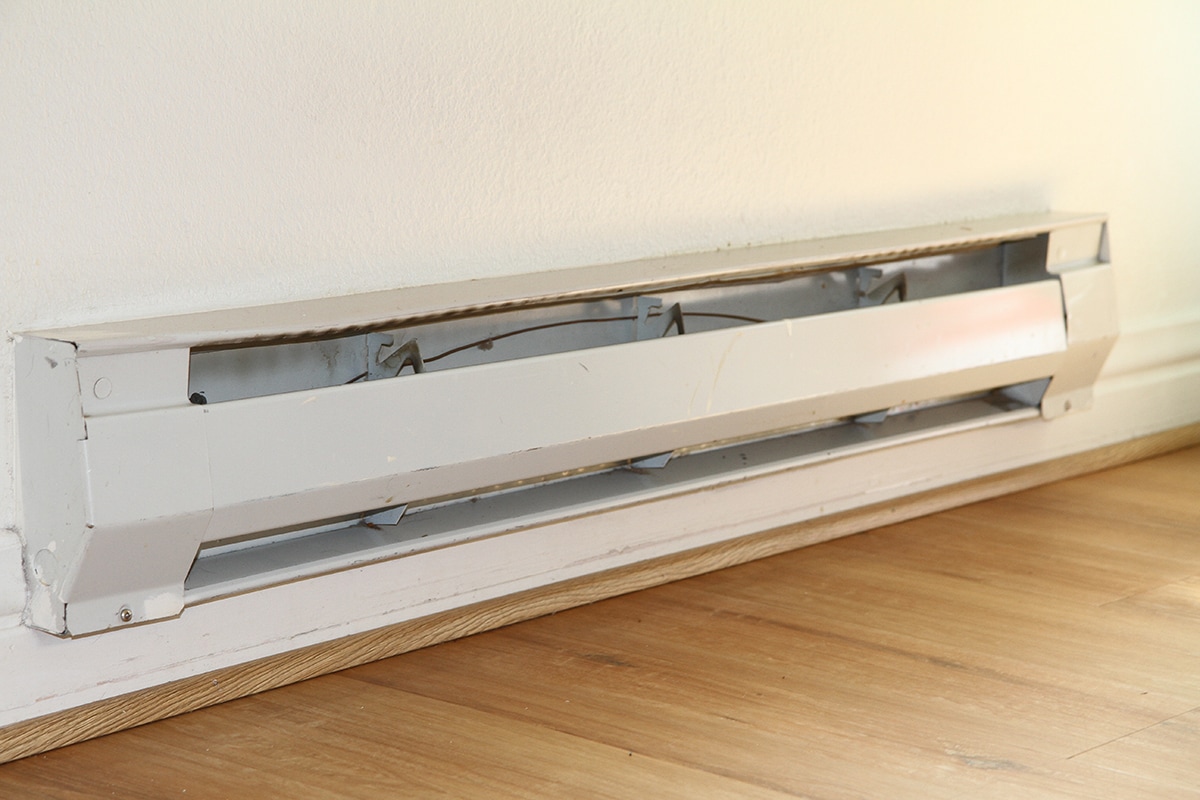
There's a broad range of thermostat types to choose from, but with baseboard heaters, you can select only a few. Unlike other heating units, a baseboard heater is a line voltage system that sources direct electricity to operate.
As a result, most recommend choosing from these options: a line voltage thermostat, single pole or double pole thermostat, a Wi-Fi-enabled thermostat, or a smart thermostat.
In choosing a baseboard heater thermostat, a line voltage system is essential. Low voltage models (like Next, Ecobee, and others) may not function well with a baseboard heater. Make sure they run on 120 or 240 volts.
You can also use smart or Wi-Fi options to work with more features. These often consume high amounts of energy, but it won't be an issue with baseboard heaters because of where they get their power. With a higher budget, these are worth considering over ordinary digital thermostats.
Can I Run My Baseboard Heater Without A Thermostat?
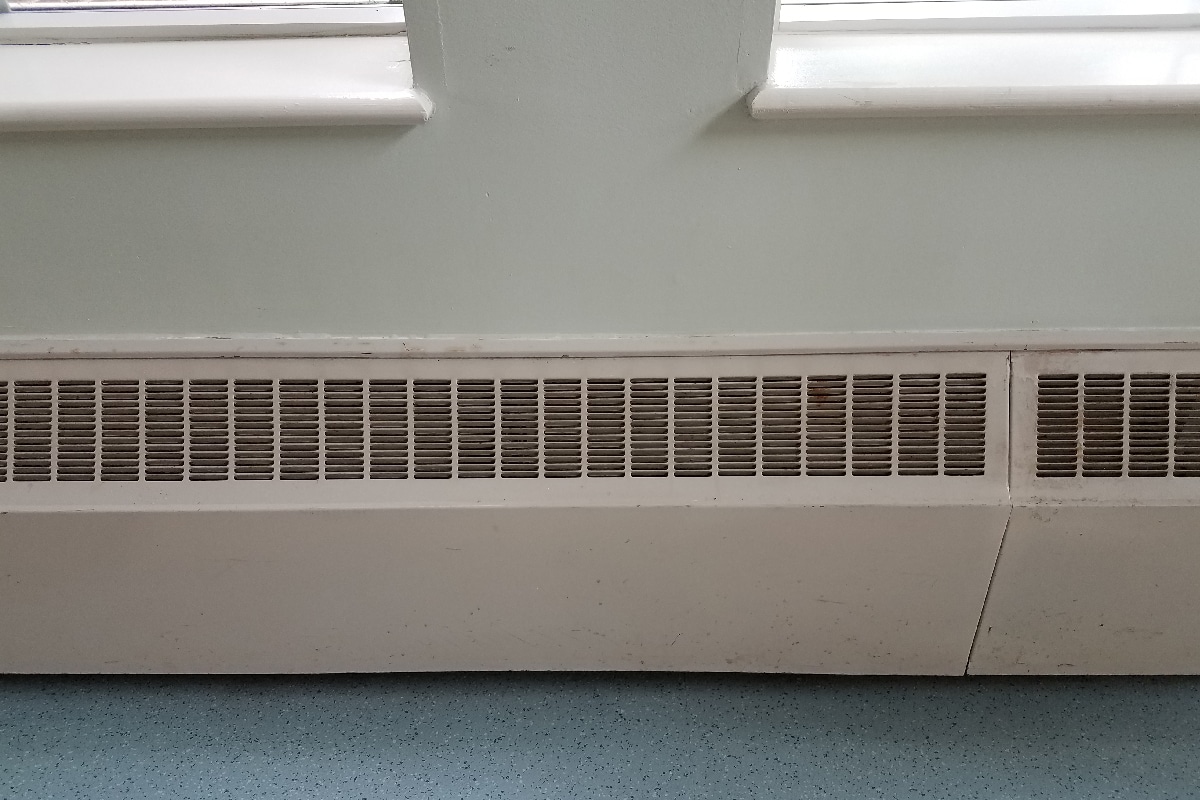
Yes, you can run your baseboard heater without a thermostat. And even if you have one, you don't always have to use it to control your heater.
A thermostat allows you to conveniently and quickly control your heater, especially when you're away or too busy to check on it. However, this doesn't mean your heater's functions become inoperable.
If you're having trouble using a thermostat, you can always set it aside and disconnect it from your heater, then run your baseboard heater without the device.
Read this post to learn how to operate the knob on a baseboard heater: "Which Way To Turn The Knob On A Baseboard Heater?"
Guide To Shopping For Baseboard Heater's Thermostat
Once you decide to get a thermostat for your baseboard heater, the next step is to find the right type. Like with other devices, it's vital to weigh your options before deciding. That way, you can find one that caters to your needs.
Here are a few things to consider when looking for a baseboard heater thermostat.
Compatibility
Choosing a thermostat compatible with your baseboard heater is crucial to proper operation, specifically because baseboard heaters use a different system.
These heaters get their electricity directly from the main line, meaning they consume higher amounts of power, usually 120 to 240 volts. And so, the thermostat you choose should be the same type.
Model Type
The type of thermostat you choose primarily depends on your needs, preferences, and budget. An ordinary programmable thermostat will do the trick if you have a lower budget and don't mind having only base features.
But if you want more advanced features and possible smart integration, and you have a tangible budget, a smart or Wi-Fi-enabled thermostat is suitable for you!
Regardless of your choice, you're sure to receive the main benefits.
Installation
Some homeowners don't have the time to install or manually set up a thermostat, while others aren't tech-savvy. Looking into the installation requirement of your preferred model can help you save time, allowing you to start operating it with your heater as soon as possible.
Contacting a professional to install it increases the total expense, so remember to include this in your budget before purchasing.
Electric Baseboard Heater Thermostat Cost

The typical price range for thermostats compatible with baseboard heaters is $50 to $500, depending on the model type. Ordinary programmable thermostats are usually cheaper than most smart or Wi-Fi-enabled models.
As for repairs or replacements, you can expect to pay anything between $14 to $250, varying on the damage or work required. If there are other underlying issues with the heater, you might have to pay for additional costs.
In Closing
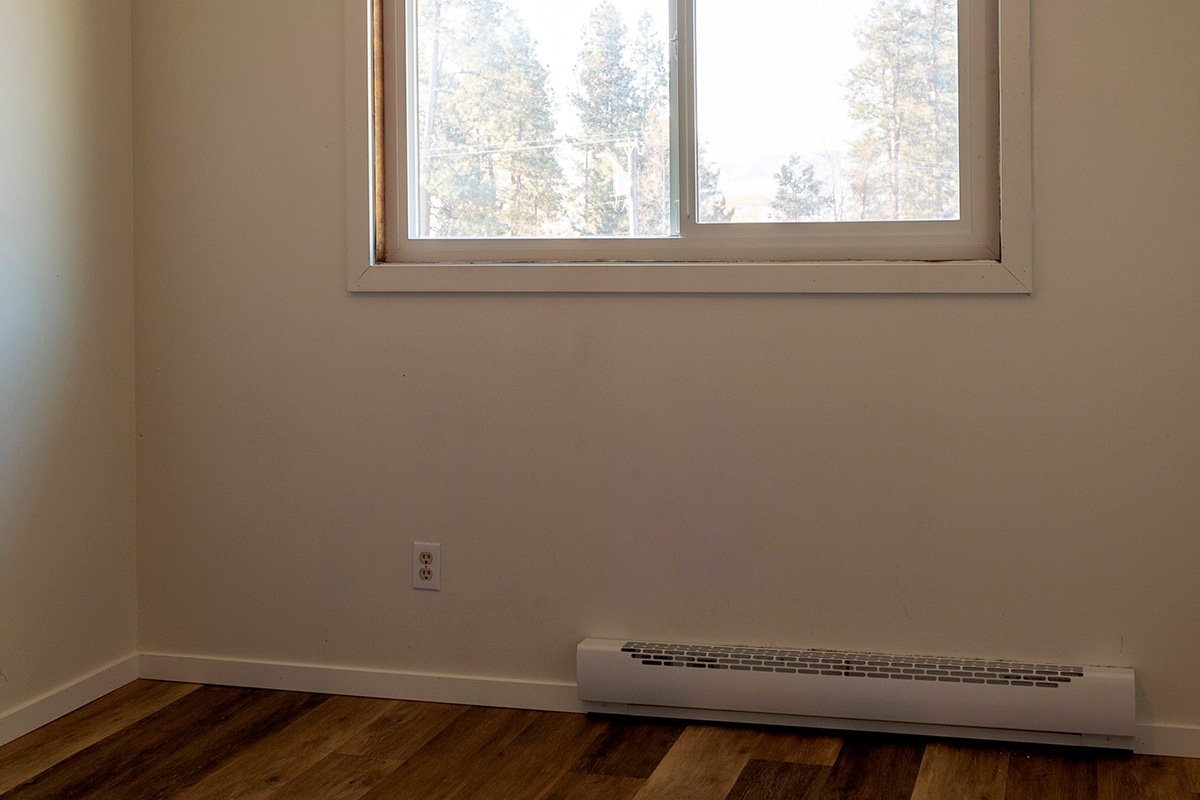
You can get many benefits from installing a thermostat to your baseboard heater, but you aren't required to have one. It works great if you want to save on costs, improve efficiency, and more. Some electric baseboard heaters also have built-in thermostats already.
Any programmable or digital thermostat will work as long as it uses a line voltage system. If you want to work with more features and access, smart or Wi-Fi thermostats are an exceptional choice.
